Key takeaways:
|
If you’re here, you’re probably trying to get a straight answer about how much it costs to develop an app.
And if you’ve already done some research, you’ll know app development costs can swing wildly and it’s not as simple as pulling a number out of a hat.
Until now.
In this blog, we’re going to reveal how you can guarantee costs before you start building an app and (hopefully) clear up any confusion you have.
But before that, we’ll take a deep dive into the price differences associated with various types of apps and development routes, while revealing the hidden costs no one else talks about.
Just so you know, it’s worth sticking around. Builder.ai has created hundreds of apps with an exceptionally high success rate compared to the industry standard of 78%. And everything I say will draw on that expertise.
To get started, either use the contents to flick through or get scrolling 👇
How much does it cost to develop an app?
While apps can be free or available at very low prices, it’s generally accepted that the average cost ranges between $5,000-$500,000. The price range is so wide because three key factors have a huge influence on your cost estimate, including:
- The type of platform you’re building on: this could be Android, iOS or Progressive Web App (PWA)
- The complexity of your app: depending on the roles you want your app to perform, you may or may not need custom app features
- The development route you choose: you can create an app yourself or hire someone to build it for you
Lower-cost apps are typically associated with shorter development cycles and can be ready in a matter of weeks. By contrast, more sophisticated apps can take several months or even years to create.
Now, let’s explore each of these factors in more detail…
Types of app development platforms: Costs to consider
When you’re developing an app, there are 3 major platforms to choose from, including Android, iOS and web development. Each of these has slightly different associated costs, as we’ll explore below.
1 - Android app development
Android is the operating system (OS) with the largest market share and is especially popular in India, China, Africa and Eastern Europe.
Android apps are built using Kotlin and Java, plus they have a low barrier to entry and unlimited personalisation options.
However, the performance of your app may vary, given the sheer number of Android devices on the market. And optimising your app for a wide range of devices can easily drive up development costs.
2 - iOS app development
iOS is hugely popular in North America and Western Europe, offering a sleeker environment to develop apps. The operating system is also compatible with most older devices, resulting in fewer compatibility issues.
However, iOS apps are written in Swift, which has higher development costs than Java, their Android counterpart.
3 - Web development
Web development is used for making both web apps and websites. Developing web apps is harder than developing a website, but easier than building mobile applications.
Web apps are also cheaper to develop than Android or iOS apps because they don't require platform-specific coding skills.
HTML, JavaScript, PHP, Python, Ruby and CSS are popular programming languages for web development. It's highly flexible and versatile, considering there are no strict rules for hosting an app.
That said, mobile applications are more popular in comparison to web apps. Moreover, mobile apps work seamlessly on their respective platforms, providing a much better user experience than web apps.
App complexity: Costs to consider
App complexity varies based on the functions you need. Depending on your requirements, you can opt for an off-the-shelf, drag-and-drop, or custom app.
The choice of app complexity determines the key app features, the development process and the project duration, all of which influence the cost of mobile app development.
For example, ecommerce app development costs can range widely based on product catalogue size and payment integrations. If you’re exploring the cost to build a social media app or need a food delivery app development cost estimate, understanding your feature requirements is key.
Off-the-shelf apps | Drag-and-drop apps | Custom apps | |
Development time | <1 week | 2-8 weeks | 3-12+ months |
Development cost | Free/available via subscription | $5,000-$20,000 | $50,000-$500,000 |
Development process | Pre-coded and off-the-shelf | Pre-coded; DIY drag-and-drop | From scratch/assisted by low-code app builders |
Developer | Self-code/No-code app builder | No-code app builder | Development agency/Builder.ai |
Example apps | Calculators, trackers, notes, surveys | Ecommerce, travel, e-learning, gym, loyalty | Order management system, voting app, logistics services, and financial services |
1 - Off-the-shelf apps
Off-the-shelf apps are light, easy-to-use, functional apps with template-based user interfaces (UI). They're typically used for a single purpose and can be created with platforms like Microsoft Power Apps or Google AppSheet. Calculators, trackers and surveys are good examples of them.
They also provide you access to a dashboard, which includes top-level data and basic usage statistics. Off-the-shelf apps can be accessed for free or via subscription services.
Development time: < 1 week
Development cost: Free/available via subscription
Development process: Off-the-shelf
Developer: No-code app builder
Examples: Calculators, trackers, cameras, surveys, notes, clocks
2 - Drag-and-drop apps
Drag-and-drop apps allow users to add and subtract pre-coded features via a no-code interface. By comparison to off-the-shelf apps, they include:
- Social features – make it easy for target users to share on social media
- Activity feeds – users get real-time updates and see new and personalised content
- Ecommerce solutions – allow users to buy and sell items within the app
- In-app communications – engage users with contextual messages as they use the app
- Device features – request permission to use contact lists and location to get access to more user data; with this, you’ll be able to leverage data to run targeted campaigns and improve personalisation
They also may include integrations with APIs, databases, and third-party services. But these drag-and-drop apps are not custom apps.
They're a convenient way to get your business online, but they may lack the scalability that rapidly growing businesses need.
The cost of drag-and-drop apps can range from a few thousand to tens of thousands of dollars.
Development time: 2-8 weeks
Development cost: $5,000 - $20,000
Development process: Pre-coded; drag-and-drop
Developer: No-code app builder
Examples: Ecommerce, travel, e-learning, gym, salon
3 - Custom apps
These are secure, flexible, customisable, and scalable apps with advanced features and sophisticated backend infrastructure. They're developed for unique business use cases and created by expert app development companies, either from scratch or with the help of a low-code app builder.
Uber is a good example of a custom app. It uses location data and advanced algorithms to pair drivers and passengers. It also includes extra security features such as “verify your trips," meaning passengers must share a code with the driver before their trip starts. Innovations like these are what make Uber a custom app.
Because of the design, development and project management involved, custom apps cost from tens of thousands to hundreds of thousands of dollars.
Development time: 3-12+ months
Development cost: $50,000-$500,000
Development process: From scratch
Developer: Development agency/Builder.ai
Examples: Order management system, healthcare, financial services, manufacturing, Edtech, etc.
Want to start your app project with us?
Book a demoSpeak with one of our product experts today.
By proceeding you agree to Builder.ai’s privacy policy and terms and conditions

App development routes: Costs to consider
To explain how the development route you take influences your app cost, let’s use a simple example.
Say you fancy eating some cake.
On the one hand, you could bake the cake yourself. Of course, you risk the cake being inedible, even if you do save some money.
On the other hand, you could buy one from a local bakery. Here, the cake has a good chance of being delicious, but the price will be significantly higher.
The same principle can be applied to app development.
Creating your app is certainly more cost-effective, but it’ll drain your time, and the outcome will be more rustic.
Meanwhile, onboarding a development agency or Builder.ai will give you a more polished end product, but the price will reflect that.
DIY | No-code app builders | Freelancer | Dev agency | Builder.ai | |
Project Difficulty | Very hard | Hard | Very hard | Easy | Very easy |
Project Length | Very long | Short | Very long | Long | Short |
Project Cost | Vey low | High | Low | Very High | High |
Keep your code | Yes | No | Yes | No | Yes |
Scalability | Limited | Limited | Limited | Excellent | Excellent |
Maintenance | Yourself | Platform provider | Yourself | Agency (at extra cost) | Builder.ai (1-year free) |
Best for | Hobby projects | MVP, Simple apps | Early prototypes | Complex apps | Businesses needing speed + quality |
Here’s a rundown of each of the difficulties, timelines, costs and scalability involved in the most popular app development routes:
1 - DIY
If you’re comfortable with Android Studio or Xcode IDE, then you can make your apps from scratch. Technically, this option is the cheapest, as you won’t have to pay anyone other than a few bucks to upload your app to the Google Play Store or submit it to the Apple App Store. Of course, it'll also take a long time to develop, and you might have to pay for external help if you get stuck.
But you also have to consider the opportunity cost.
How much will this project drain your time and resources? Would hiring an expert help you to focus on running your business? And how much external help might you require to finish the project?
Project difficulty: Very hard
Project length: Very long
Project cost: Very low
Keep your code: Yes
2- No-code app builders
No-code app builders allow you to create your app without writing code. They provide you with drag-and-drop templates and some personalisation options for your app. Using a templated approach allows no-code app builders to keep up-front costs low and, at the same time, reduce the delivery timelines.
While it's relatively quick and easy to create apps with no-code app builders, there are potential pitfalls you need to consider.
For instance, you may need to complete training courses to use these platforms, and because templates are rigid, the customisation options on offer are minimal.
In other words, you're restricted to the features in their library, and if these aren't sufficient, you may need to switch providers.
But doing so is challenging because of the vendor lock-in models that no-code app builders operate. As a result, you may need to start your project from scratch, skyrocketing the lifetime costs of your development project.
Project difficulty: Hard
Project length: Short
Project cost: High
Keep your code: No
3 - Freelancers
Sites like Upwork and Fiverr make it easy to find freelancers with the skillset you’re looking for. These marketplaces allow previous customers to rate the freelancer, which means you have an idea of their skill level. You can calculate the cost of developing an app by looking up developers' hourly rates in your country and the total development time.
App Development Cost = Total Development Time X Hourly Rate
App development cost in the UK
Hiring app developers in the UK can cost anywhere between $30–$60 per hour.
App development cost in North America
It's relatively expensive to develop an app in North America. For example, hiring app developers in the USA can range from $40-$80 an hour. In Canada, the hourly rates of app developers range between $29-$60 per hour.
App development cost in Eastern Europe
The hourly rates of app developers in Eastern Europe are relatively lower than in Western Europe and can range anywhere from $20 to $40.
App development cost in India
Developing an app in India is the most cost-effective option, given you can work out in different time zones. Hourly rates in India range between $8 to $30, with an average cost being $19 per hour.
As stated above, the average developer salary in the US is significantly higher than in most parts of the world. Although that doesn’t mean they’re better. Video chat means you can work with developers worldwide and find a team you trust. You want someone who understands your ideas and can convey your business's personality.
But there are a few concerns with this approach. Firstly, there are a lot of poor-quality freelancers and to find the right fit, some trial and error will be involved.
Secondly, freelancers typically juggle multiple clients. This means their resources may be stretched, and your project could fall by the wayside.
If you’re lucky, you’ll find a skilled, hard-working freelancer who wants to see your idea succeed. More likely, you’ll get a quickly completed, mediocre app or an app that runs way over time and budget.
Because of their specialised skillset, freelancers likely won't offer to help you with design or maintenance, so you'll need to make other arrangements.
App maintenance services are also unlikely to be included, so you’ll need to make other arrangements.
Project difficulty: Very hard
Project length: Very long
Project cost: Low
Keep your code: Yes
4 - Development agencies
Dev agencies typically have years of experience and create high-quality, custom software.
They may also deploy Quality Assurance teams to test your app and complete bug fixes, while offering a fully managed service and code access.
Although mobile app development companies offer several advantages, they do generally cost more. Also, there are potential risks you need to be aware of, including unclear pricing and delivery dates.
Unclear pricing can appear in a few ways. The most common is when a company gives you a quote and then surprises you a few months in with another invoice. They’ll claim that the feature was harder to implement than they anticipated or that your requirements weren’t communicated clearly.
Unclear delivery dates occur when companies don’t know how long the mobile app development process will take – they might give you a quote for 3 months, but the project could end up dragging on for much longer. And if you’re paying by the hour or day, costs can easily skyrocket.
Lastly, maintaining and updating your app is likely to come at an added cost.
Project difficulty: Easy
Project length: Long
Project cost: Very high
Keep your code: No
5 - Builder.ai
Established app development platforms like Builder.ai are one of the safest options for your app project. We have years of experience and have likely worked on large long-term projects.
Our all-in-one solution offers a middle ground between no-code app builders and dev agencies. On the one hand, this means you can create apps cost-effectively and at speed and on the other, templates don’t restrict you; the code is yours to keep and have the ability to level up your app as you scale.
When it comes to cost, the key differentiator of Builder.ai is that our platform provides guaranteed costs and operates on a pay-per-feature model. So, unlike freelancers and dev agencies who penalise clients when projects overrun, any delays are on us.
From a project management perspective, we also assign you a project manager. They’ll take personal responsibility for ensuring your app is exactly how you envision it. The project manager will have an app development team and UI designers working under them. This means you get an app that’s both beautiful and functional.
Where downsides are concerned, if you have technical skills or want to be hands-on in the development process, our platform may not be for you. This is because platforms like this handle all the technical tasks in your app project, making them more suitable for non-technical users or businesses without internal dev resources.
Project difficulty: Very Easy
Project length: Short
Project cost: High
Keep your code: Yes
Want to start your app project with us?
Book a demoSpeak with one of our product experts today.
By proceeding you agree to Builder.ai’s privacy policy and terms and conditions

Hidden app development costs you should know about
It's easy to be enticed by low startup costs, but your total expenditure can soar quickly if you’re not aware of hidden costs.
To make sure your project runs smoothly and you don’t go way over budget, let’s take a look at some of these crucial factors:
1 - Lock-ins
Most no-code app builders and dev agencies don’t let you keep your code; you rent it from them instead. That means you may have to continue paying them for as long as your app is in use, while it’ll also be very challenging to migrate to another platform or develop your app independently.
2 - Mobile app stores
Depending on whether you create an Android or iOS app, you'll need to pay a one-time or yearly fee to list your app on mobile app stores. But, more importantly, they'll take a 15%-30% cut of your annual app revenue.
3 - App maintenance costs
Developing an app and publishing it to app stores isn’t the end of your app development journey. You also need to fix bugs, update your software, and resolve security issues when your app is live. App maintenance packages help you do this, but they typically come at an additional cost. Therefore, it’s advised to budget 15-20% of the initial cost as app maintenance costs.
4 - Hosting
To make sure users can access your app, you need to find a third-party to host it. But this isn’t the job of app stores.
Instead, you need to invest in the services of Amazon Web Services (AWS), Microsoft Azure, Google Cloud Platform (GCP), or any other cloud platform, which usually operate on pay-as-you-go models.
5 - Adding new features
During or after the development cycle, you may want to add new features to your app. Adding them may change your initial estimations and increase the cost of your app development.
Cost-saving tips for app development
Building an app doesn’t have to mean blowing through your entire budget. There are smarter ways to manage costs without cutting corners on quality. Here’s how to reduce app development costs:
1 - Adopt an MVP (Minimum Viable Product) approach
Instead of building a full-scale product with every feature imaginable, start with an MVP – a version of your app that contains only the core features needed to launch. This approach allows you to validate your idea with real users early on, saving you from pouring money into features that may never be used.
According to CB Insights, 42% of startups fail because they create products with no market need. The cost to build an MVP is dramatically less and less risky than developing a full-fledged app.
2 - Use AI-driven QA testing
Quality Assurance (QA) testing is essential to catch bugs and make sure your app runs smoothly. But manual testing can be time-consuming and expensive.
Research by Capgemini found that AI-driven testing can cut QA costs by up to 30%, while also speeding up delivery times.
By leveraging AI-driven QA tools, you can automate large parts of the testing process, identifying issues faster and reducing the human hours (and costs) involved.
3 - Build on composable software platforms
Composable software platforms use modular, reusable components instead of coding every feature from scratch. This means less development time, fewer bugs and significantly lower costs.
According to McKinsey, modular development can reduce build times by upto 50% and associated costs by as much as 20%, compared to traditional development methods.
Platforms like Builder.ai leverage this approach, allowing you to "assemble" apps efficiently while still keeping plenty of room for customisation where it counts.
Demystify app development costs with Builder.ai.
Now that you know about all the key factors impacting app development cost estimates, it’s time to speak more about how Builder.ai helps to mitigate them. Check out the table for all the key pointers at a glance and see a detailed breakdown underneath 👇
No-code | Dev agency | Builder.ai | |
Transparent costs | ❌ No | ❌ No | ✅ Yes |
Keep your code | ❌ No | ❌ No | ✅ Yes |
App maintenance included | ❌ No | ❌ No | ✅ Yes (Free for 1 year) |
Discounted hosting | ❌ No | ❌ No | ✅ Yes |
Transparent costs
When you choose Builder.ai as your app development platform, you get a guaranteed price for your project before any development starts.
By contrast to hourly rates and retainers, our unique pay-per-feature pricing model doesn’t penalise app owners if developers run behind. In other words, it’s on us if a feature takes longer for us to develop.
Our flexible payment plan also allows you to pay in either weekly or monthly instalments, which typically last around 24 months. As a result, you can avoid hefty up-front payments and accurately project your financials.
Zero revenue sharing
We know the pressure marketplaces put on businesses where they have to pay commissions and share as much as 30% of their revenue.
But with Builder.ai, you get to keep 100% of your profits, no matter how many sales you make. We never ask you to share your revenue or participate in profit-sharing schemes because we understand it's your business, your hard work, and it's yours to keep.
Keep your code
Once your payment plan is complete, you keep your code. That means you’re not reliant on us to scale, customise and iterate on your app, although we’re more than happy to help. Either way, you’re never locked into a lifetime contract.
One year of free app maintenance
Releasing an app is just the beginning, not the end, of your app journey. So while you get your ducks in a row, we give you one year of app maintenance free, ensuring that your software stays fresh and secure.
Leverage human-assisted AI
Our huge library of reusable features means we don’t have to create every component from the ground up. These are seamlessly fitted together by AI, allowing developers to focus on customisations. As a result, we keep the times and costs of your project as efficient as possible.
See our pricing 👈
Conclusion
By now, you know why “it depends” is the only real answer you can give to the question “how much does an app cost?”
With infinite functionalities and integrations, each project is unique and is developed to your business's specific requirements. It also depends on the type of platform you choose, the type of app you want to create and the features you need in your app.
What is clear, though, is that working with Builder.ai is one of the best ways to ensure your project doesn’t run miles over budget – a genuine concern with most other app development routes.
To explore what your project might cost, hit the banner below! 👇
Want to start your app project with us?
Book a demoSpeak with one of our product experts today.
By proceeding you agree to Builder.ai’s privacy policy and terms and conditions

FAQs
Q1 - App development companies vs Freelancers, which is better?
Freelancers may seem cheaper upfront, but they offer little accountability. App development companies take full responsibility for delivery, quality and support, making them a safer and more reliable choice.
Q2 - How do I choose a trustworthy app development company?
Look for strong client reviews, proven technical expertise, transparent communication and a genuine interest in your project’s success. Always check the portfolio and ask the right questions.
For Builder.ai, you can check out our client success stories 👉 here
Q3 - How can I reduce app development costs without compromising quality?
Focus on building an MVP first, use AI-powered tools for faster development and testing and choose a modular platform that reuses trusted components to save both time and money.
Q4 - Why should I choose Builder.ai to create my app project?
Builder.ai offers a fully managed service, meaning there's zero learning curve and no drag-and-drop dread. You can create an app with custom functionalities with us in comparison to the rigid templates used by other no-code/low-code app builders.
When you work with Builder.ai, your app development cost is finalised before your project starts in a Buildcard, which lists every feature that makes up your app. Because this process is handled up front, you receive a guaranteed pricing plan for your app project, meaning there are no nasty surprises down the line.
What’s more is that you keep your code once your two-year payment plan is complete, making it easy to migrate your app to another platform or add custom features to meet emerging business needs.
Finally, we bundle in an app maintenance service for the first year of your project, ensuring your app and website stay up-to-date, bug-free and secure.
Q5 - How much does it cost to build an app?
Builder.ai gives you custom pricing for your app project because we charge per feature. Our AI fits all your features together and lists all your app development costs in a Buildcard before you pay for your app, so there are never any uncalled surprises.
Q6 - How long does it take to create an app?
A more complex app takes longer to build.
Where simple apps can be up and running in as little as 2 weeks, a custom app that needs to do new, complex things and integrate with legacy systems will take longer. Most of our customers are somewhere in between.
But unlike most other app builders, you don’t have to cross your fingers about timings. We use AI (which uses every app feature we’ve ever built to spot patterns) to get you an accurate timeline before you start.
Want to start your app project with us?
Book a demoSpeak with one of our product experts today.
By proceeding you agree to Builder.ai’s privacy policy and terms and conditions

Gaurav is the SEO Content Writer at Builder.ai. Being an Engineer and Marketing MBA, he has a knack for converting technical jargon into marketing content. He has 8+ years of experience creating content and designing marketing campaigns that drive organic growth for B2B companies and tech startups.

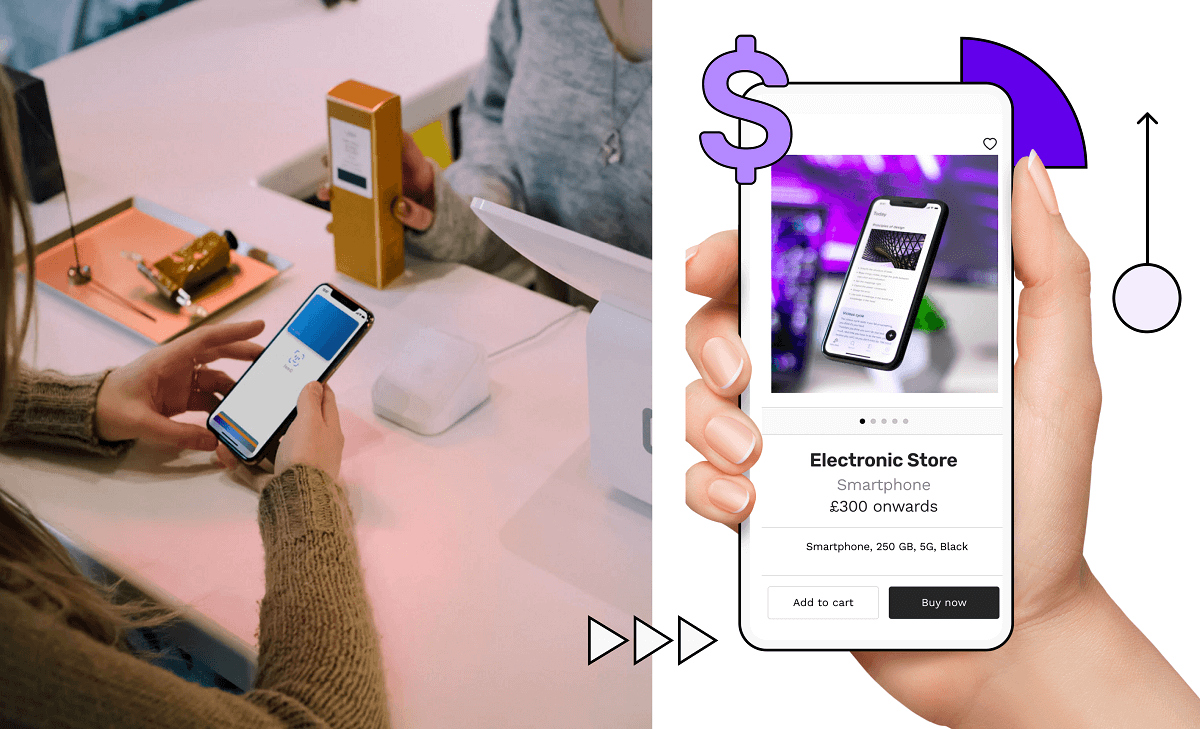

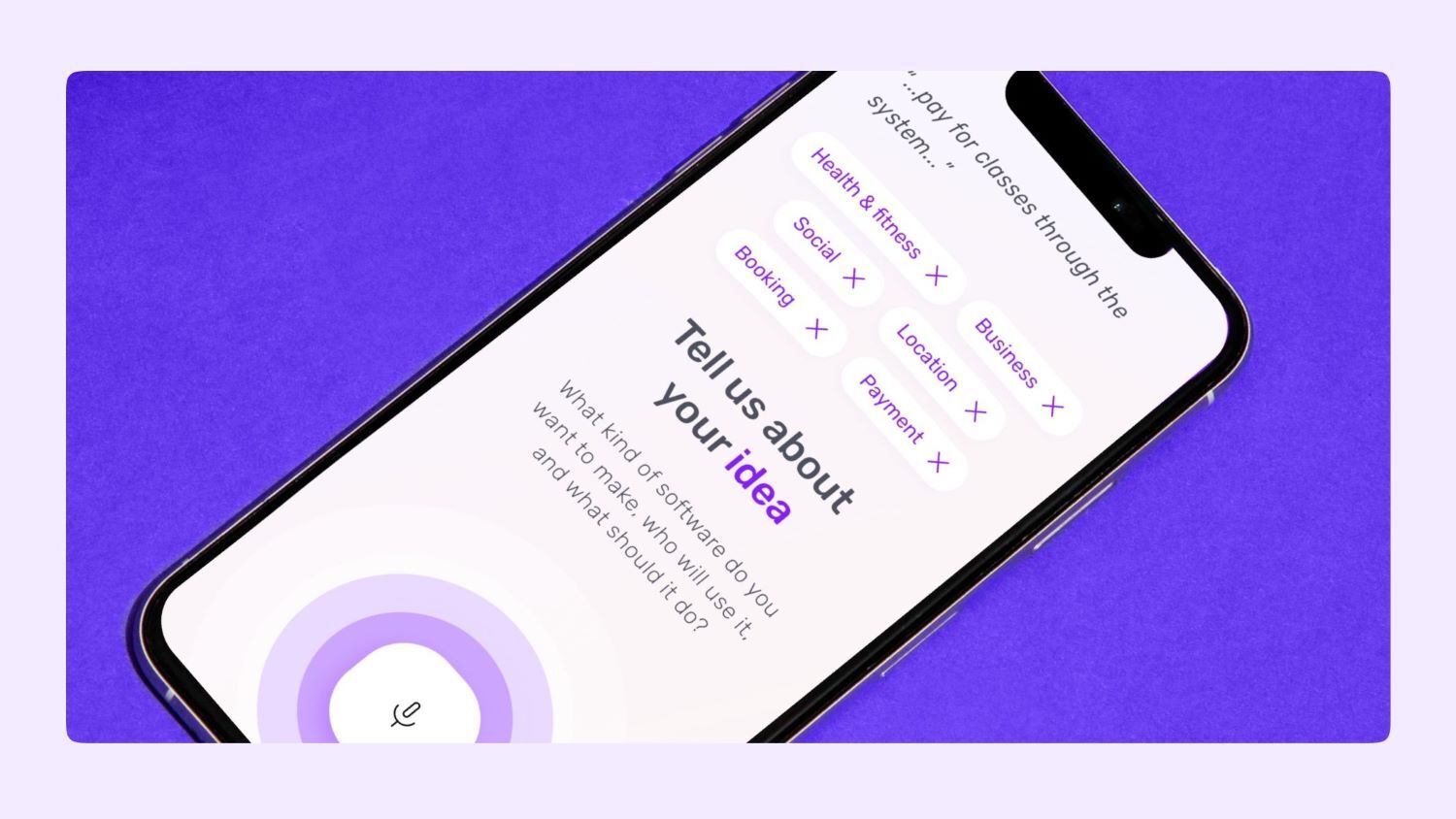
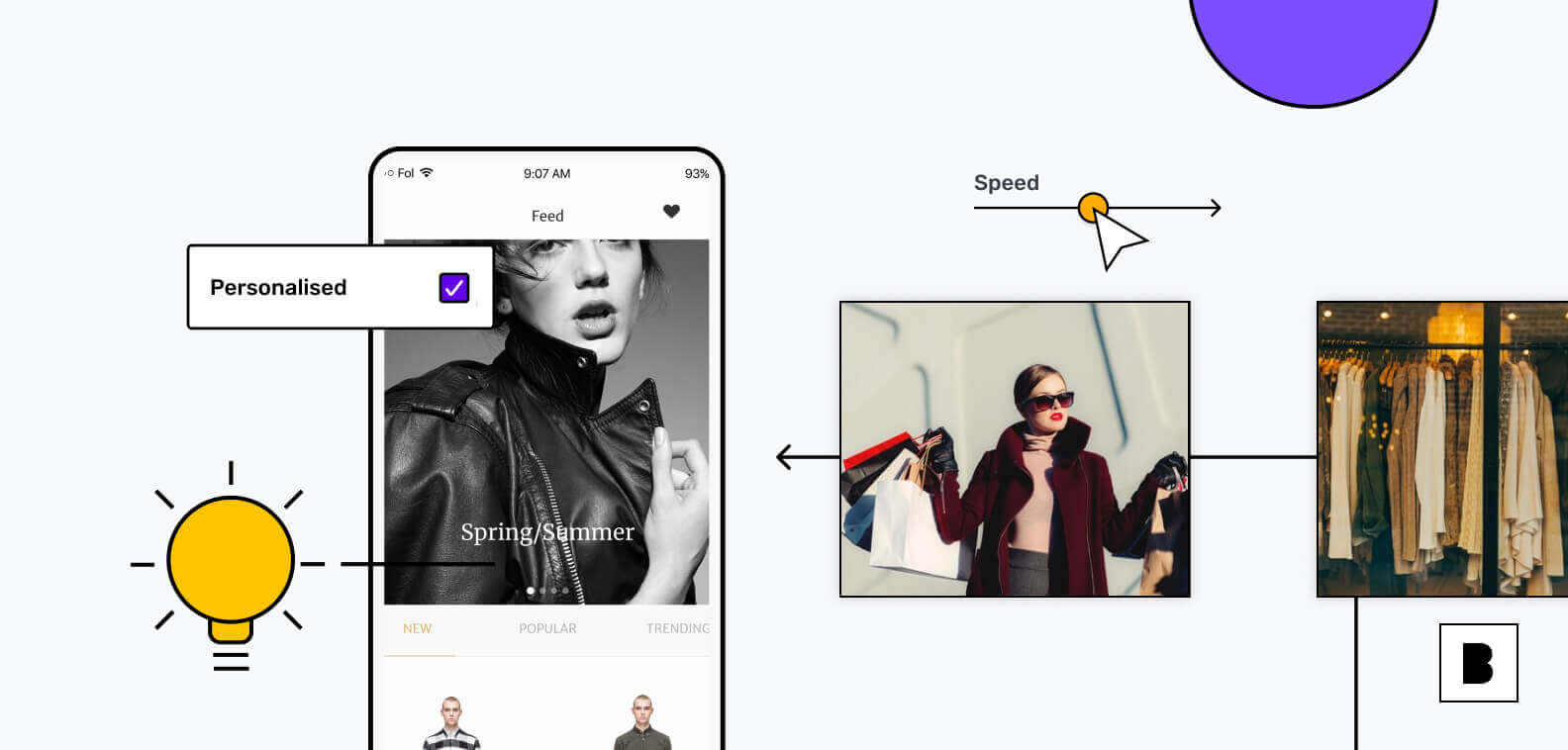

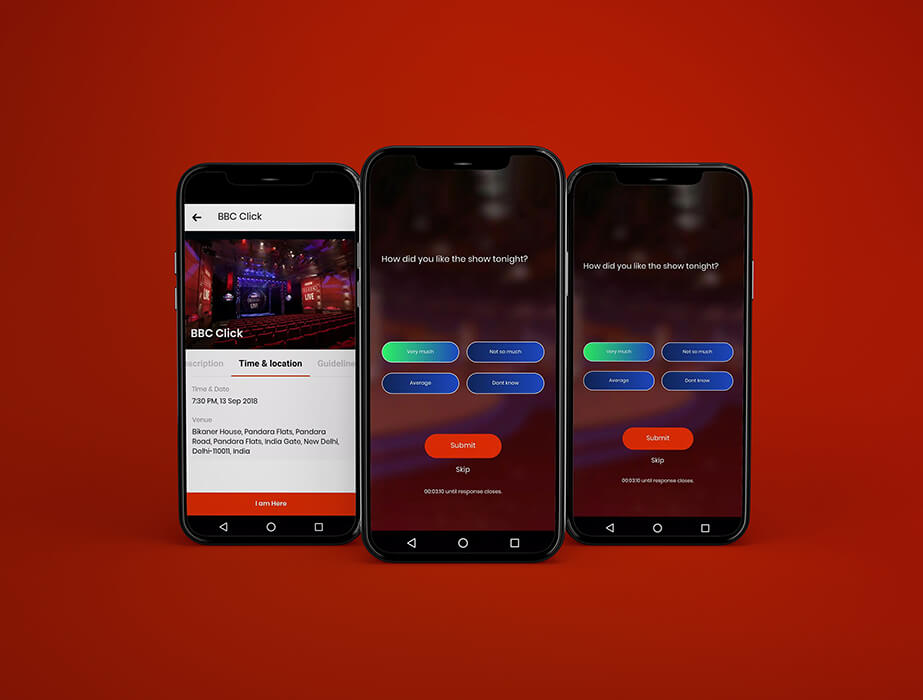

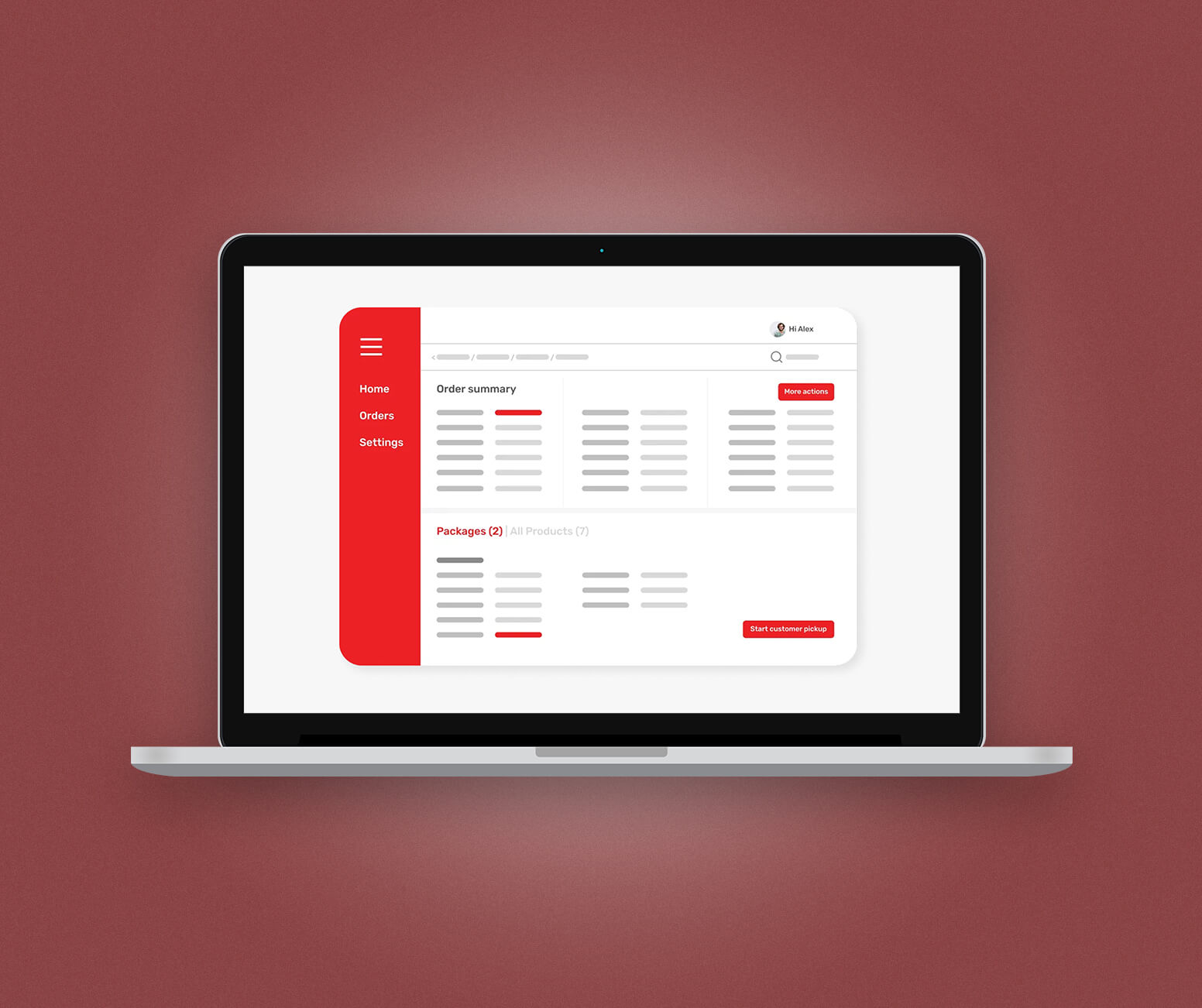

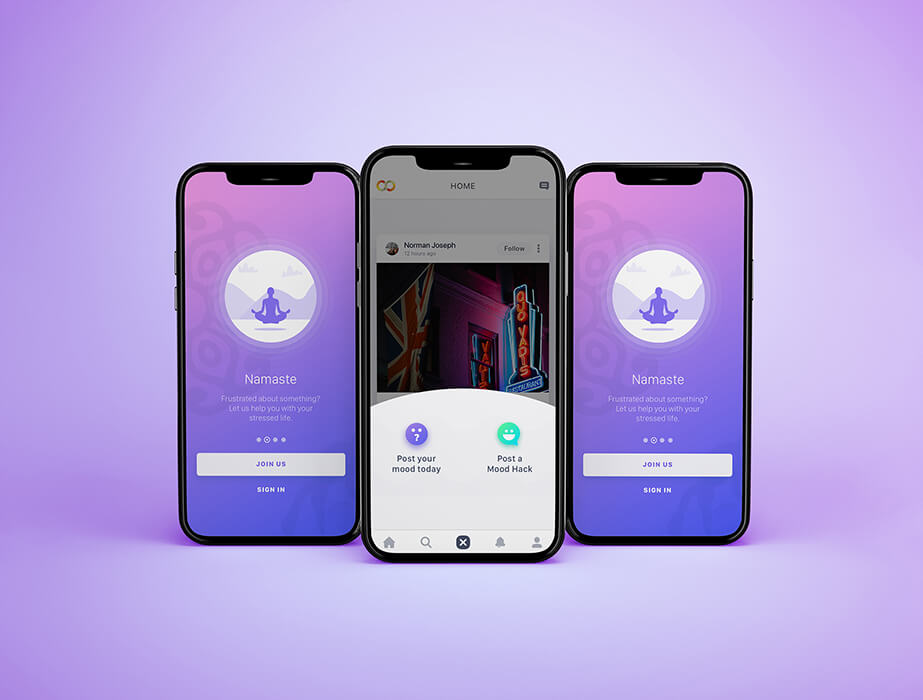
 Facebook
Facebook X
X LinkedIn
LinkedIn YouTube
YouTube Instagram
Instagram RSS
RSS


